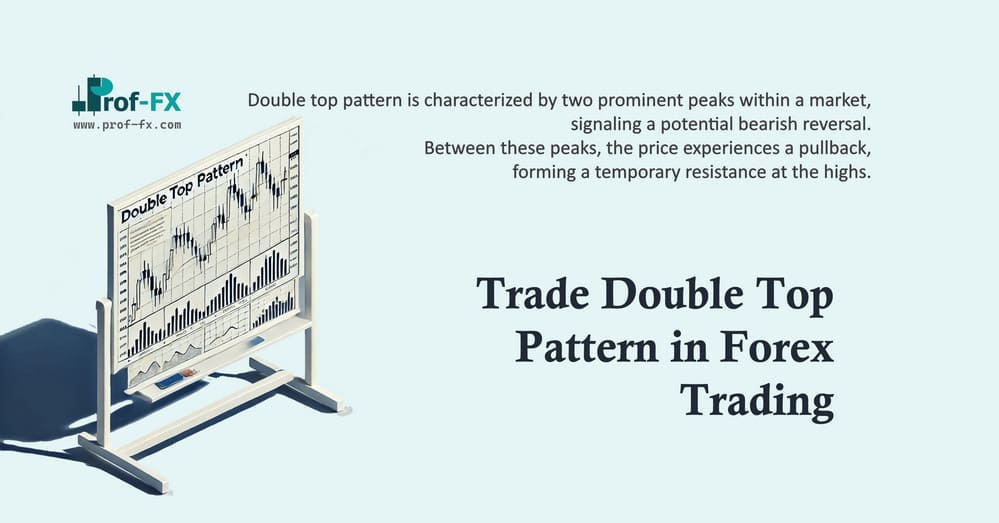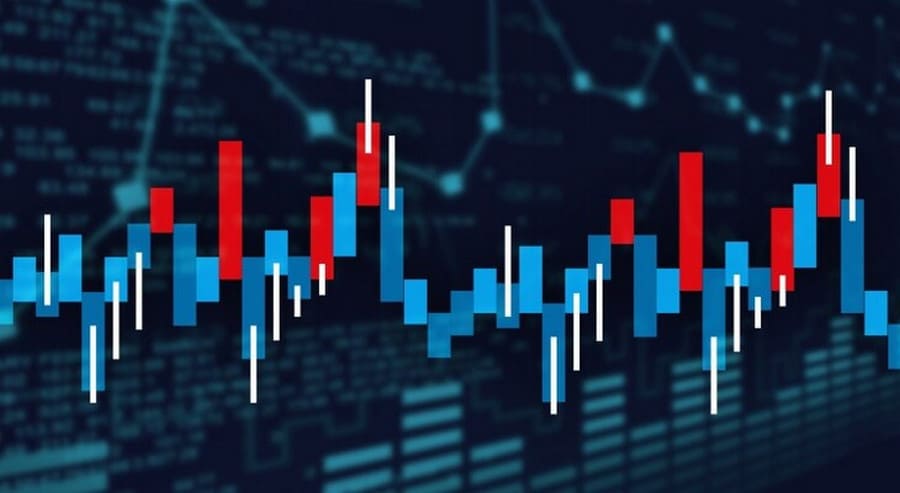The financial markets are overflowing with jargons and acronyms and certain times you might feel overwhelmed by the steady flow of technical terms and acronyms. Which ones to really care for, what you can afford to ignore seems to be a perennial concern. But there are some you come across way too often to not understand.
The LIBOR is one such acronym in the world of forex trade. Be it the calculation of interest rates or exchange rates, TBill rates or calculation of overnight call rates, the forex market is practically unthinkable without LIBOR and its many implications on the functioning of the global currency trade.
What Is LIBOR?
LIBOR or London InterBank Offered Rate is the average rate that a bank has to pay the other bank for short-term unsecured loans they take. It is a benchmark for bank transactions and is the first point of reference for any interest rate calculation. Earlier known as BBA LIBOR, it is now called the ICE LIBOR or the Intercontinental Exchange LIBOR. The Intercontinental Exchange Benchmark Administration oversees the LIBOR functioning. Its rate is derived from the market determined prices of 5 major currencies including:
- US Dollar
- Euro
- Pound Sterling
- Yen
- Swiss Franc
The LIBOR rate is used to determine 7 different duration of maturities including the overnight, one week, one month, two months, 3-month. Even 6 and 12 months maturities are calculated using the LIBOR. On any given working day, you have as many as 35 different LIBOR. The three-month dollar bills are one of the most common representations of LIBOR use.
Deciding The LIBOR Rate
However, this differs from other internationally popular rates like the Federal Funds Rate that is determined by the U.S. Central Bank, the Federal Reserve. In LIBOR’s case, it is a market determined rate, and nobody sets it manually. The BBA or the British Bankers’ Association conduct a survey of 16 major banks on the rate they charge to lend money. An average of the middling rates is taken, and that is what the LIBOR is.
Perhaps an illustration can better explain the concept to you. Let’s assume the BBA contacts Banks A-P and conducts a survey of the rate that they are charging to lend to other banks. Let’s say we got the following:
A: 2.81%
B: 2.69%
C: 2.67%
D: 2.65%
E: 2.61%
F: 2.61%
G: 2.47%
H: 2.45%
I: 2.44%
J: 2.36%
K: 2.35%
L: 2.33%
M: 2.32%
N: 2.29%
O: 2.24%
P: 2.15%
So the BBA does away with the top 4 and the bottom four rates. What you have is
E: 2.61%
F: 2.61%
G: 2.47%
H: 2.45%
I: 2.44%
J: 2.36%
K: 2.35%
L: 2.33%
Therefore, the average rates from the remaining bank rates come to 2.45%. This then becomes the LIBOR, the international benchmark for forex market functioning. This rate is calculated every day 11 am GMT. It is most commonly used to calculate short-term rate of interest and serves as a crucial reference for the debt market. This is used widely for various corporate and government bonds. Even another kind of loans like student loans, housing or mortgage loans, credit card rates, are also calculated based on LIBOR. Several other forex market instruments like interest swaps and currency derivatives.
Another illustration will perhaps make the widespread use of LIBOR even clearer. Let’s say that the one-year LIBOR is fixed at 4% around the New Year. The related bond value then becomes 4.35% by the year end. The associated spread with the bond rate goes up or down based on the credit worthiness of the issuer.
Apart from being a benchmark for international transactions, the LIBOR also helps in assessing the state of the global banking system and gives a broad overview of the future interest rate outlook.
Decoding LIBOR Curve
As is quite apparent from the title, a curve always denotes graphical representation. The various maturities functioning on the basis of LIBOR when charted on graphs gives you the LIBOR curve. As we explained earlier, these graphs generally depict short-term movement as the LIBOR itself is the short-term floating rate at which banks borrow from each other. Perhaps the greatest advantage of referring to a LIBOR Curve is that it is one of the best play on low or zero risk interest rates. It helps to measure the risk-return ratio of other forex market instruments based on the short-term interest rate. Not just the short-term, even over the longer-term these curves can help predict the expected turn of interest rates going forward.
Benefits Of LIBOR
Well then, we now reach a point where we assess the the pros and cons of a particular financial market instrument. Look now at major advantages of referring to LIBOR.
- A rising LIBOR is generally indicative of rising interest rate scenario
- A rising LIBOR also signals that lending banks assess a greater risk probability on the loans to other banks
- Higher LIBOR indicates a higher rate to make good for projected risk factor
- A slipping LIBOR on the other hand signals a low rate scenario
- Also, lower rates indicate low-risk prospect of the loans to other banks
- Lower LIBOR thus also is a green light on the risk reward portfolio.
Not just that you can even compare LIBOR to other internationally accepted bank rates for a further comprehensive analysis of the money market situation.
What Is A Floating Rate Note?
Another related term in connection with the LIBOR markets is the floating rate note. It is essentially an instrument in the debt market place for a better idea of the variable rate of interest. This is intrinsically tied to the benchmarks like LIBOR and the US Treasury rate. This rate is issued by Government and financial institutions with maturities varying between 2-5 years. A major part of the investment grade bonds in US comprises of these Floating rate notes.
So how do these variable interest rate instruments fare against fixed-rate debt instruments? The FRNs safeguard the investors against sudden spike in interest rates compared to a fixed rate note which will see a drop in bond rates if the rate of interest goes up. However, understandably, these FRNs would have a much lower yield in comparison with a more uncertain coupon payment cycle. It is seen that the rate for FRNs can frequently change and have the option to be issued with or without call option.
Conclusion
Thus, LIBOR is one of the most important elements of Forex trade. The entire forex market will come to a standstill if this rate falls apart. Not just as a key benchmark, it also serves as a tool for the future outlook for global interest rates and gives us an idea of the state of the international economy. Using these rate investors can play on both the future prospects and the current performance of the major currency pairs of the world. They can also be used as fundamental instruments to invest in predictive long-term trends.










